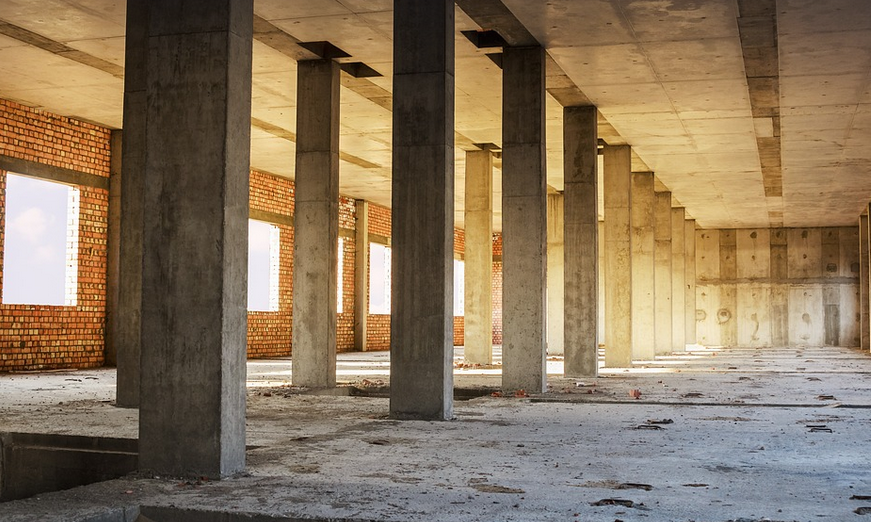What are Metal Roof Pitch Transitions?
Imagine your home’s roof, a graceful expanse of metal sheets that shields you from the elements. Now imagine those sheets changing direction – sometimes gently, sometimes dramatically – as they transition across different slopes. This is where metal roof pitch transitions come in. These are crucial sections on a metal roof that allow for seamless changes in the roofing angle, making visual and structural connections between different sections of the roof.
These transitions don’t just add aesthetics; they play a vital role in ensuring the roof’s stability and longevity. They help to distribute water runoff evenly, prevent leaks, and manage snow loads. Think about it: when your metal roof goes up on an incline, you need precise transitions to allow for proper drainage and avoid potential damage from excessive weight.
Types of Metal Roof Pitch Transitions
There are three main types of pitch transitions commonly used in metal roofing projects:
- Valley Transitions: These are the most common, utilizing a valley shape. The transition gradually slopes towards a singular point, creating a natural valley on your roof.
- gable Transitions: In this method, the roof transitions from one slope to another, usually using a series of interlocking angles and mitered edges for a clean look. This allows for less steepness in changes compared to valleys.
- Hip Transitions: These are perfect for adding an element of architectural style to your home’s exterior. They use angled planes to join different sections of the roof, creating a unique and visually appealing design.
The choice between these depends on the specific architecture of your home and the needs of the roof itself. Each type offers its own benefits in terms of functionality and visual appeal.
Why Transition Shapes Matter
It’s not just about aesthetics; there are technical reasons for choosing a specific transition shape:
- Water Drainage: Proper transitions are crucial for managing the flow of water off your roof. They prevent pooling and leakage, ensuring the longevity of your metal roofing.
- Snow Load Handling: A well-designed transition can distribute snow weight evenly across the roof, minimizing stress on specific sections and protecting against potential damage.
- Structural Integrity: Transitions aid in maintaining the structural integrity of your roof by providing support for various sections. They prevent sagging and misalignment, ensuring a secure and long-lasting roof.
The Importance of Expertise
Choosing and implementing metal roof pitch transitions is best left to experienced professionals. Think about it – you wouldn’t attempt to build a skyscraper on your own! Just like building a house, these critical sections require precision and expertise.
Experienced contractors can identify the best transition type for your roof’s specific design and needs. They have access to specialized tools and materials that ensure quality installation and long-term performance.
Professional Installation: The Key to Success
Don’t underestimate the importance of professional metal roofing installation. A poorly installed transition can lead to leaks, damage to your roof, and even structural issues down the road.
- Seamless Integration: Professional installation ensures seamless transitions between different areas of your roof, preventing water buildup and reducing strain on the roof structure.
- Weather Resistance: Professionals use specialized techniques to ensure metal connections resist wear and tear from wind, rain, and other elements. This protects your home’s structure and extends its lifespan.
- Code Compliance: Contractors are well-versed in local building codes and regulations, ensuring your roof installation meets all required standards for safety and performance.
The Value of a Smooth Transition
A seamless transition creates not just an aesthetically pleasing roof but also a more robust structure. It’s less about the visual aspect and more about the functionality and longevity of your roof.
Think about it – you wouldn’t want to walk across a bumpy path, would you? You want a smooth transition that allows for easy movement and access to different areas of your home. This is what a well-executed metal pitch transition provides!
A smooth transition between sections of your roof adds value not only in style but also in functionality. It ensures water runoff flows smoothly, snow loads are distributed evenly, and structural integrity is maintained.
If you’re considering a new metal roof or looking to upgrade your existing one, remember that installing the right pitch transitions can significantly impact your home’s value and longevity. Choosing experienced professionals for this crucial step ensures a beautiful, safe, and long-lasting roof for years to come
